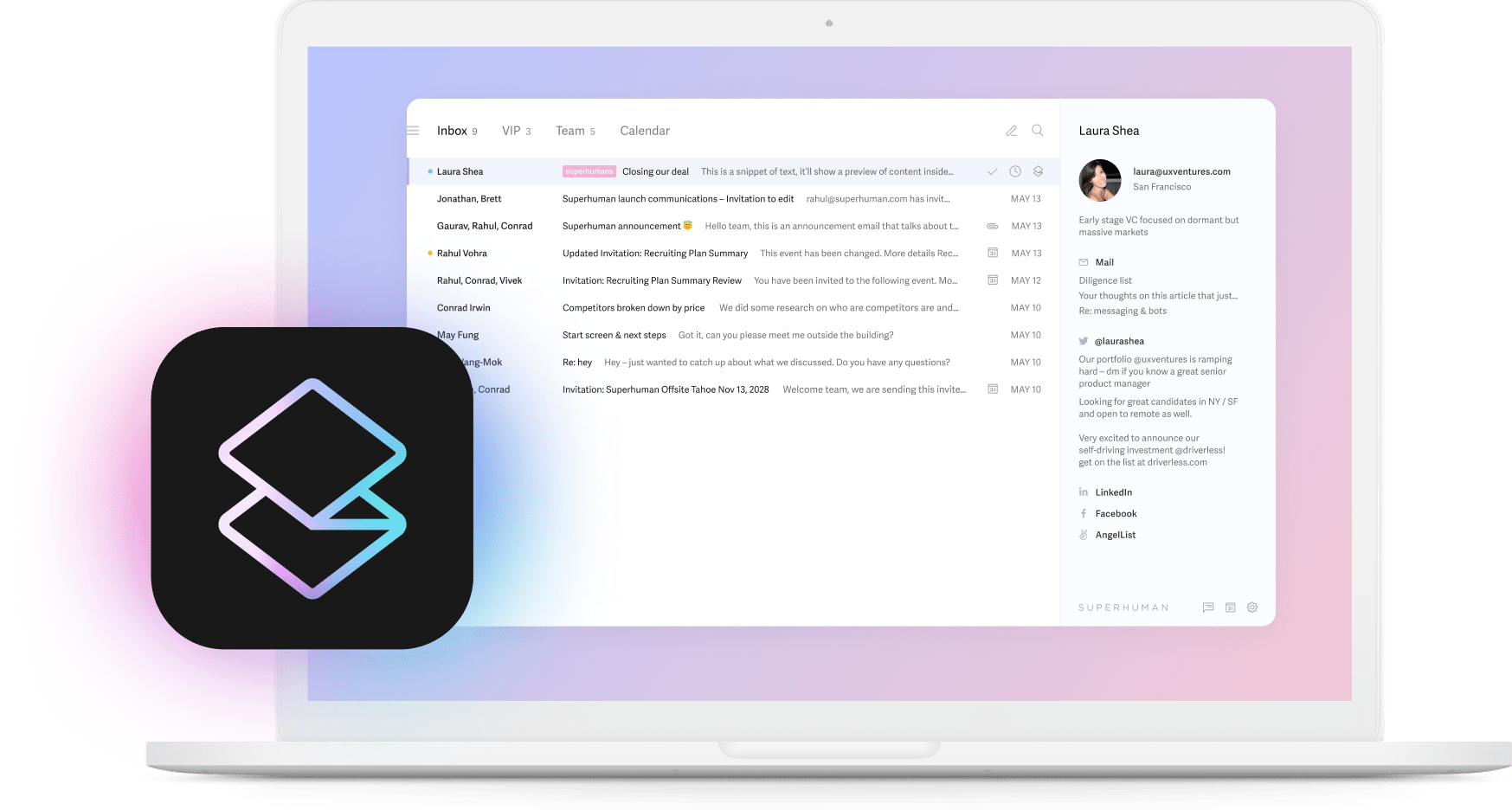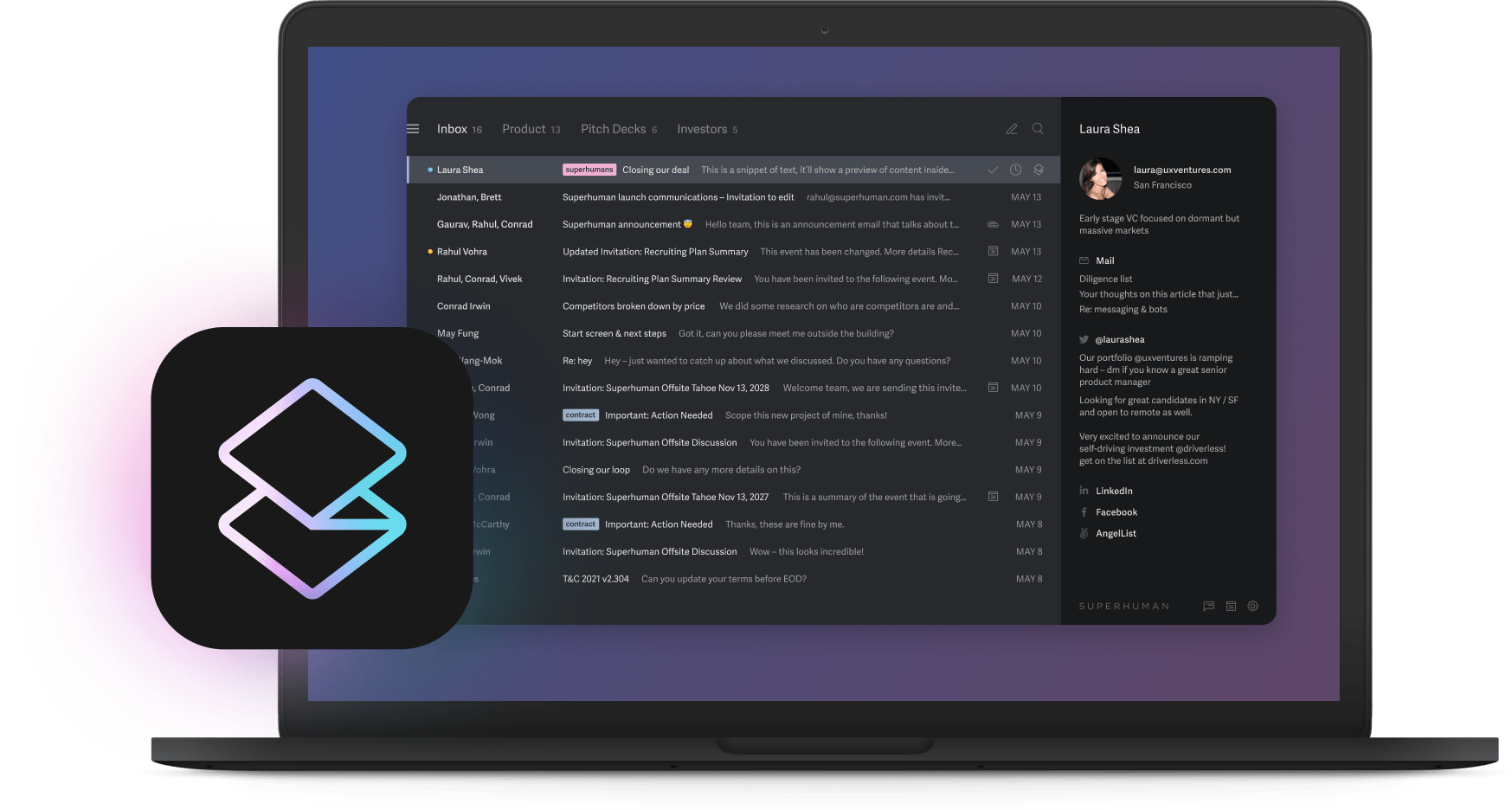
Walk into any college lecture hall, presentation space, or meeting, and you'll likely see two kinds of people: those typing away on laptops or tablets, and those who reach for paper and a pen.
Taking notes is a highly individualized process — many people have different note-taking systems that work for them. There are many different reasons for taking notes, as well as note-taking strategies you might use. And, in the digital age, there's another big question: is the best way to take notes analog, or digital?
Of course, there isn't simply one right answer to that question. The key to effective note taking is finding the right system that works for you — though it may help to take into account everything science tells us about how note taking helps us organize and retain information. Here's what you need to know.
What makes note taking effective?
Bill Gates said, "It doesn't matter how you record your notes, as long as you do."
Note taking comes with tons of benefits, including better learning and better retention. According to the science on the subject, it all has to do with repetition. Repetition is one of the strongest learning tools we have — repeating a habit, task, or piece of information creates neuron pathways in your brain that make it easier for you to recall it. Recall becomes even easier the more times you make the repetition. Note taking is a form of repetition, because you hear the information the first time, and repeat learning it by writing it down. If you review your notes later, that's even more repetition, and further increases the likelihood that you'll remember the information for longer.
Taking good notes could mean choosing a note taking system (more on that below!) or it could mean choosing to write your notes by hand rather than typing them on a laptop or tablet. Because despite what Bill Gates said, studies show clear benefits to taking notes in one specific way: by hand.
Is the best way to take notes analog or digital?
Students, educators, scientists, and other experts have been debating this question since laptops became commonplace.
The short answer is that the science seems to indicate that writing notes by hand leads to better retention of information. But the long answer is, of course, more complicated than that.
One 2014 study compared test performance between two groups of students: one that took digital notes, and one that took handwritten notes. Researchers found that those who were typing their notes were more likely to write down what their teachers said verbatim, and this led to a shallower understanding of the concepts they were learning. Those students performed more poorly on a conceptual exam than those who took notes by hand.
Researchers at the Norwegian Center for Learning Environment and Behavioral Research in Education may have discovered at least part of the reason why handwriting notes seems to be more effective in helping us remember information. They found that writing notes by hand activates different parts of the brain than typing them. When you handwrite your notes, the physical movements it takes to create each letter by hand activates more parts of the brain, which boosts the encoding process by which your hippocampus decides to either store information long-term, or let it go.
Scientists have also pointed to another potential reason we remember less when we take notes digitally: distractions. A 2010 study published in the Journal of Information Systems Education showed that students who took class notes on laptops were only engaged with the class material 58% of the time. The rest of the time, they were distracted by the internet, games, messages, and other apps.
At the end of the day, though, the best way to take notes is the way that works best for you. To hone your own note taking skills, it can help to try out some different frameworks, which can be used with either digital or analog note taking.
5 popular note taking frameworks
The best note taking method is the one that helps you learn and retain information — and that will look different for different people.
These five frameworks are popular because they're easy to learn and use, and each one is worth a try if your goal is to become a better note taker.
The outline method
The outline method is one of the most popular note-taking styles of all time, organizing notes into an outline that includes bullet points for main topics and subtopics.
To use the outline method, you'll write main topics on the far left of the sheet, and then organize notes as bulleted, numbered, and lettered lists below those. This style of note taking is easy to do digitally, since most word processors have outline formatting built in.
Pros:
- Highlights key information in a logical, easy-to-follow way.
- Gives notes a clean structure.
Cons:
- Not suitable for subjects that require formulas, charts, illustrations, or other visual components.
- Can be tricky if the subject you're taking notes on doesn't follow a logical structure.
The mapping method
The mapping method is great for visual learners because it helps build a "mind map" connecting the main points of your notes to subtopics and other important information. With this method, you start with the subject or key topic in the middle of the page, and then build "branches" of subtopics and other information coming from it.
Pros:
- Distills dense or complex information into a scannable, easy-to-follow format.
- Creates visually appealing notes.
Cons:
- Easy to run out of space on the page.
- Can become confusing if notes are placed in the wrong place.
The chart method
The chart method works extremely well when you're taking notes that include a lot of facts or statistics, or if your notes will be directly comparing multiple subjects or topics. To use this method, create columns and label each one with a category that will allow you to compare the items in each row. Then, label the rows with your key points or subjects and fill in the cells.
Pros:
- Gives clear structure to even the most complex information, making it easy to review.
- Particularly helpful for memorization.
Cons:
- Doesn't work for information that isn't directly comparable or can't be categorized.
The flow method
The flow template is perfect for note takers who don't like templates — or rules. As the name would suggest, with this method, you just let your notes flow. Write them down as they come to you without worrying about structure or organization — then, come back right after taking the notes to review and organize them.
Pros:
- Fast and easy to learn the framework and start taking notes.
- Great for those who are overwhelmed by note taking.
Cons:
- Requires more work after taking the notes to get them organized.
- Can make notes difficult to read and follow, and can result in missed information.
The Cornell method
The Cornell note taking method was developed in the 1950s as part of a college preparation program, and it remains one of the most popular note taking frameworks today. To use this method, divide the page into one narrow column on the left, a wide column on the right, and a section across the bottom of the page. Take notes in the wide, right-hand column, then use the left column for listing key concepts, writing down questions, and creating "cues" to help you recall the information in the main notes section. After finishing your notes, use the bottom section to write a summary.
Pros:
- Organizes information in a way that's easy to read, review, and study.
- Helps extract main ideas and summarize even complex topics.
Cons:
- Reviewing notes after taking them is necessary to fill in the left column.
Tips for taking better notes
While a framework can help you practice good note taking (and experimenting with different frameworks can help you home in on the best way to take notes to help you learn and retain information), there are more ways you improve your skills. These note taking tips can be applied to almost any kind of note taking, and will help maximize the benefit you get from taking notes — no matter how you do it.
Think about why you're taking notes
The best note taking happens with a clear purpose — even though it can still help you retain information when your write things down simply for the sake of writing them down, being more purposeful about note taking helps you maximize the benefits you get from doing the work.
Most of this article has been focused on pretty formal note taking — the kind you would do in a lecture or a meeting. But there are benefits to all kinds of note taking, from jotting down ideas in a notebook you keep next to your bed, to building a knowledge management system for your organization or team.
When you consider why you want to begin taking notes, you can truly zero in on the system that works best for you and your needs, whether that's one of the frameworks we've detailed above, or something simple like a note taking app or even your email inbox.


Lean into repetition
Remember that repetition is part of what makes note taking impactful — it creates the neuron pathways in your brain that make it easier to recall information over time. Re-reading, rewriting, and reviewing your notes after taking them will help you remember the information they contain. It's best to try to review them at least once as soon as possible after taking them — within 24 hours is best.
Take notes in short sentences or phrases
When taking notes, don't write things down verbatim as you hear them — studies show this results in a shallow understanding of the information. Instead, try to summarize it as you go by writing down short sentences, phrases, and bullet points. You can also use abbreviations and symbols to help you save time while writing.
When you rephrase information as you're writing it down, do so in your own words, not the same words you hear. This promotes active listening, which helps you synthesize the information in real time and write notes that mean something to you and will better trigger your recall when you review them.
Use visual cues
Not all notes need to be sentences and bullet points. If the information you're trying to learn or remember lends itself to a more visual cue, use that! Feel free to break from your normal note taking format to jot down pictures, diagrams, charts, formulas — whatever helps capture the information you're taking in.
Reorganize your notes while you review them
When you're taking notes, focus on just that: getting the notes down on the page. Don't worry about organizing them perfectly at that time — that can be done later, when you review them! If you color code your notes, don't try to do so as you take them; do it later while you're reviewing the material.
Keep track of your questions
While you're taking notes, you likely won't completely understand everything right away — and that's completely OK! Write questions down as you have them — in the margins, in a separate section, or within your notes — then follow up on them later when you review what you've written. Not only does this help ensure a thorough understanding of the material, but it helps you engage with your notes to further boost your recall.
The end result: You could be on your way to becoming a polymath!
No matter how you choose to take notes, remember what's important: your learning and your recall and retention. Experiment with different note taking styles, frameworks, and formats to find what works best for you, then enjoy getting the most out of your notes.




